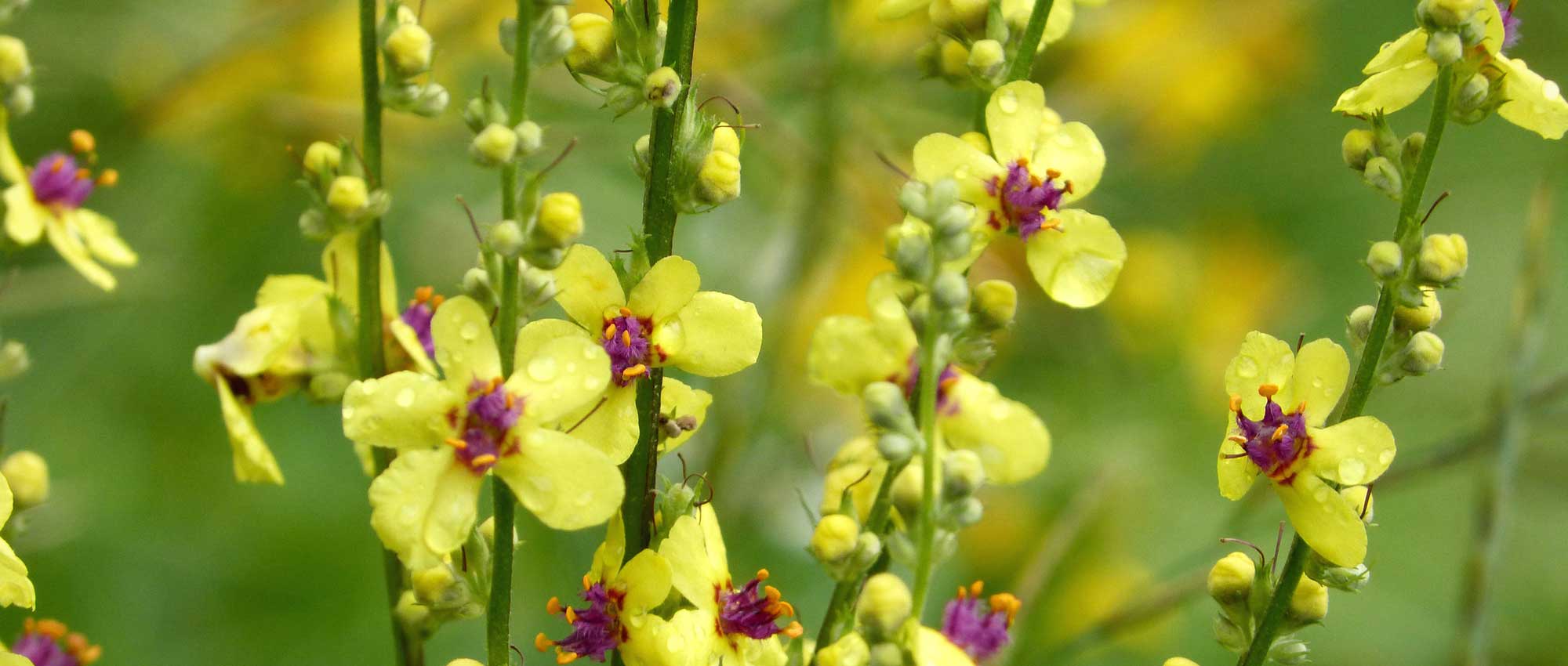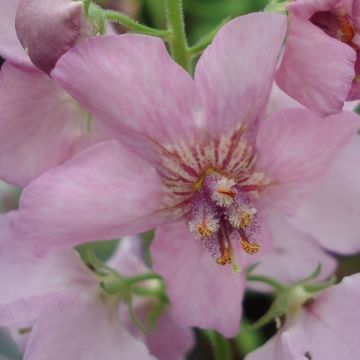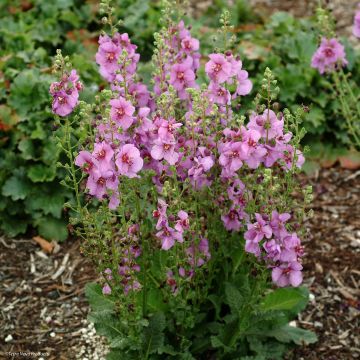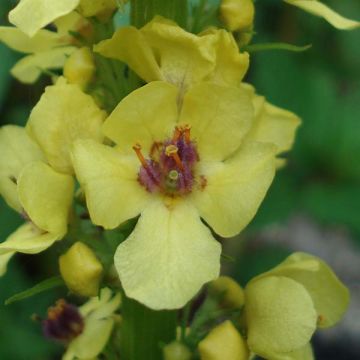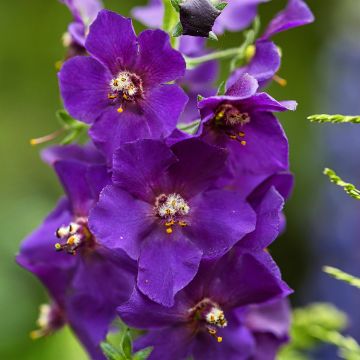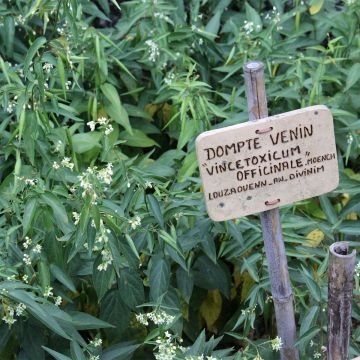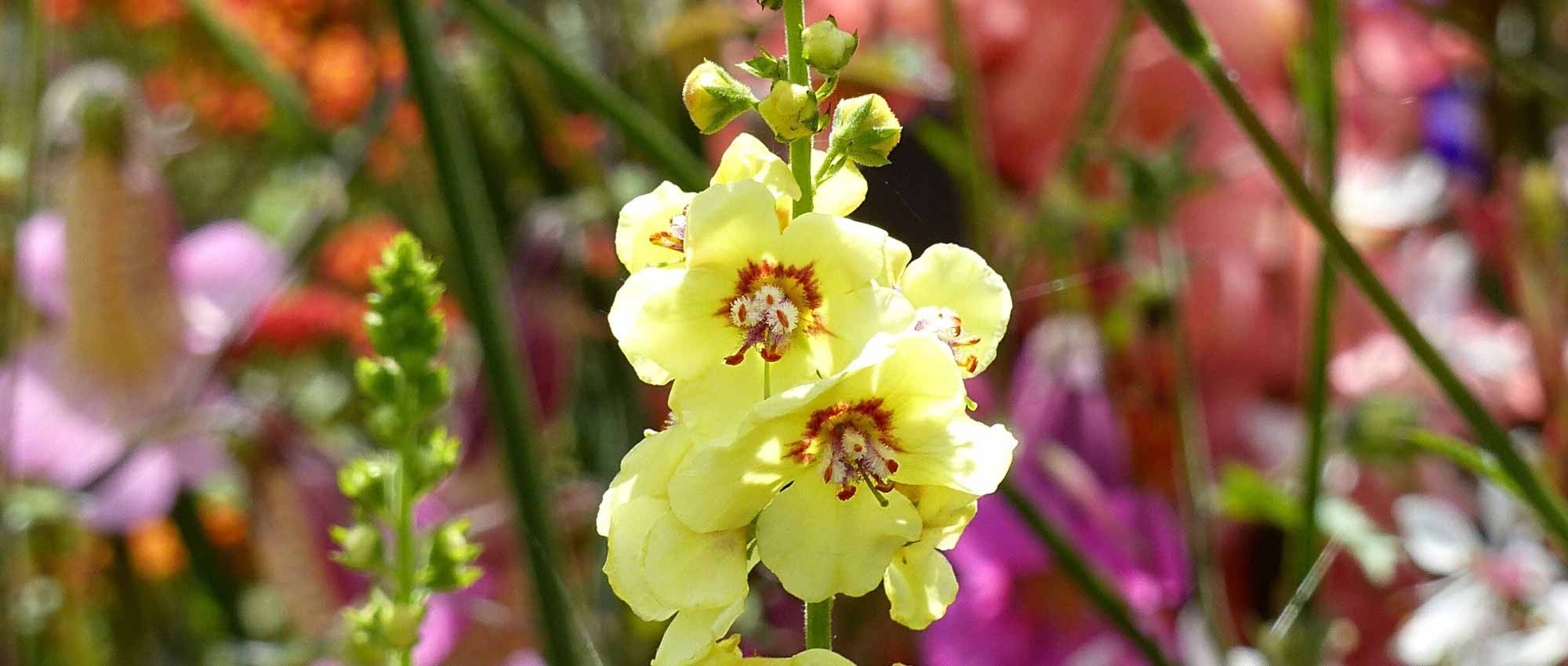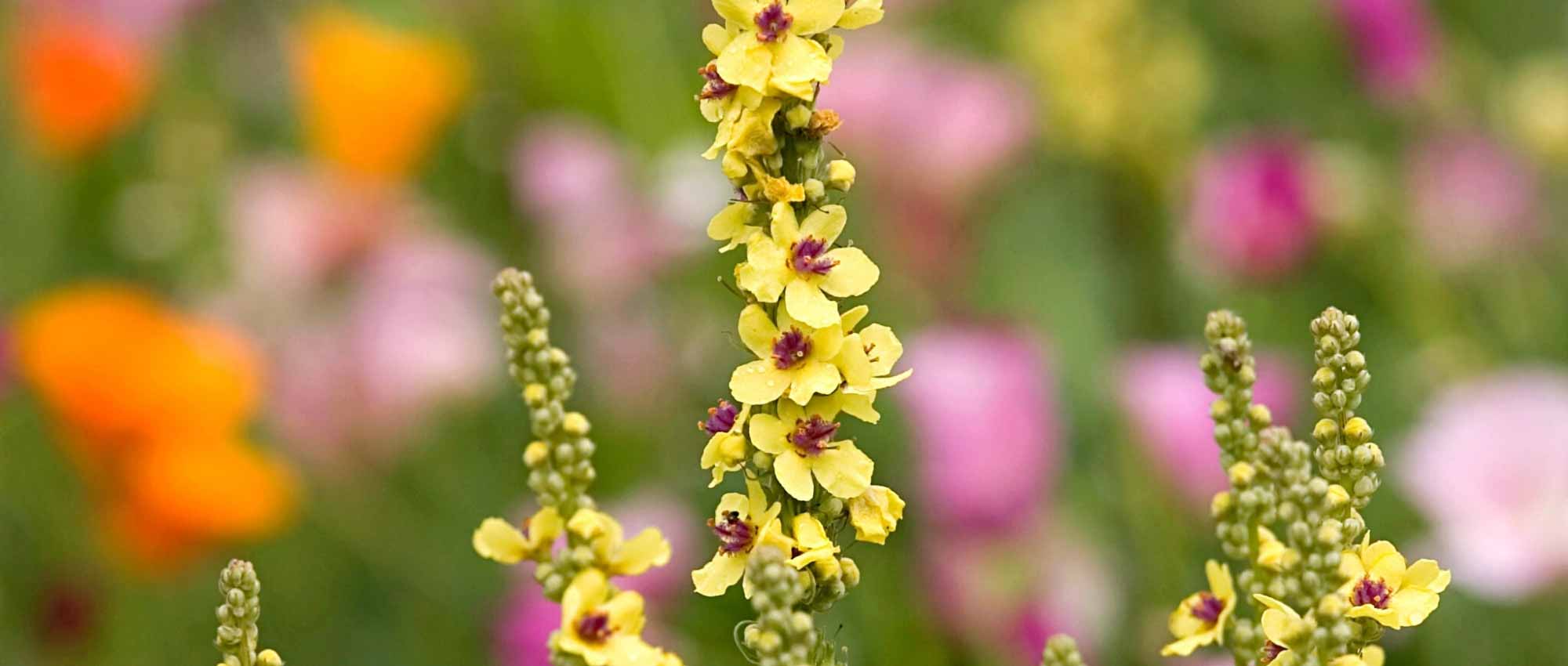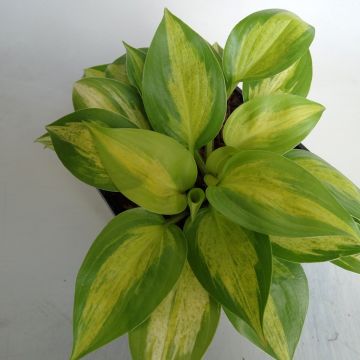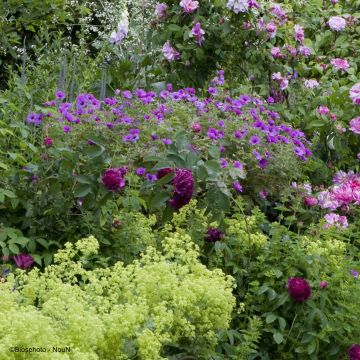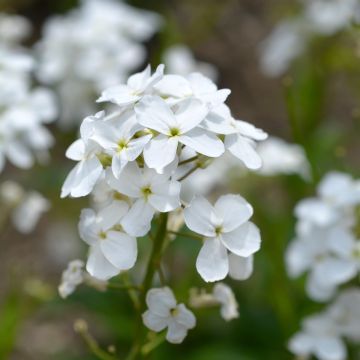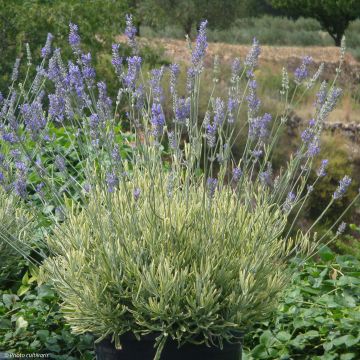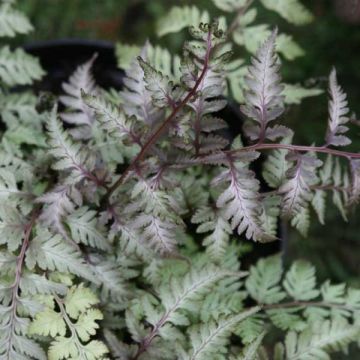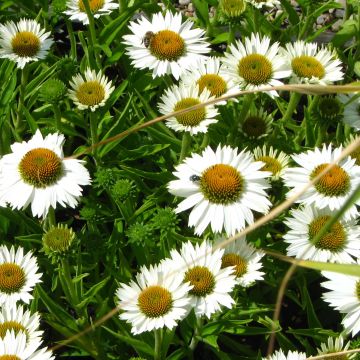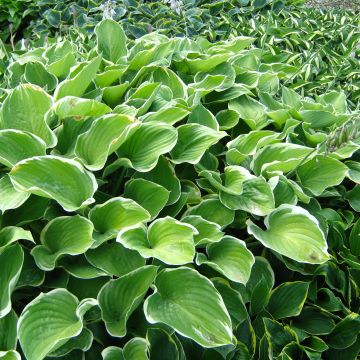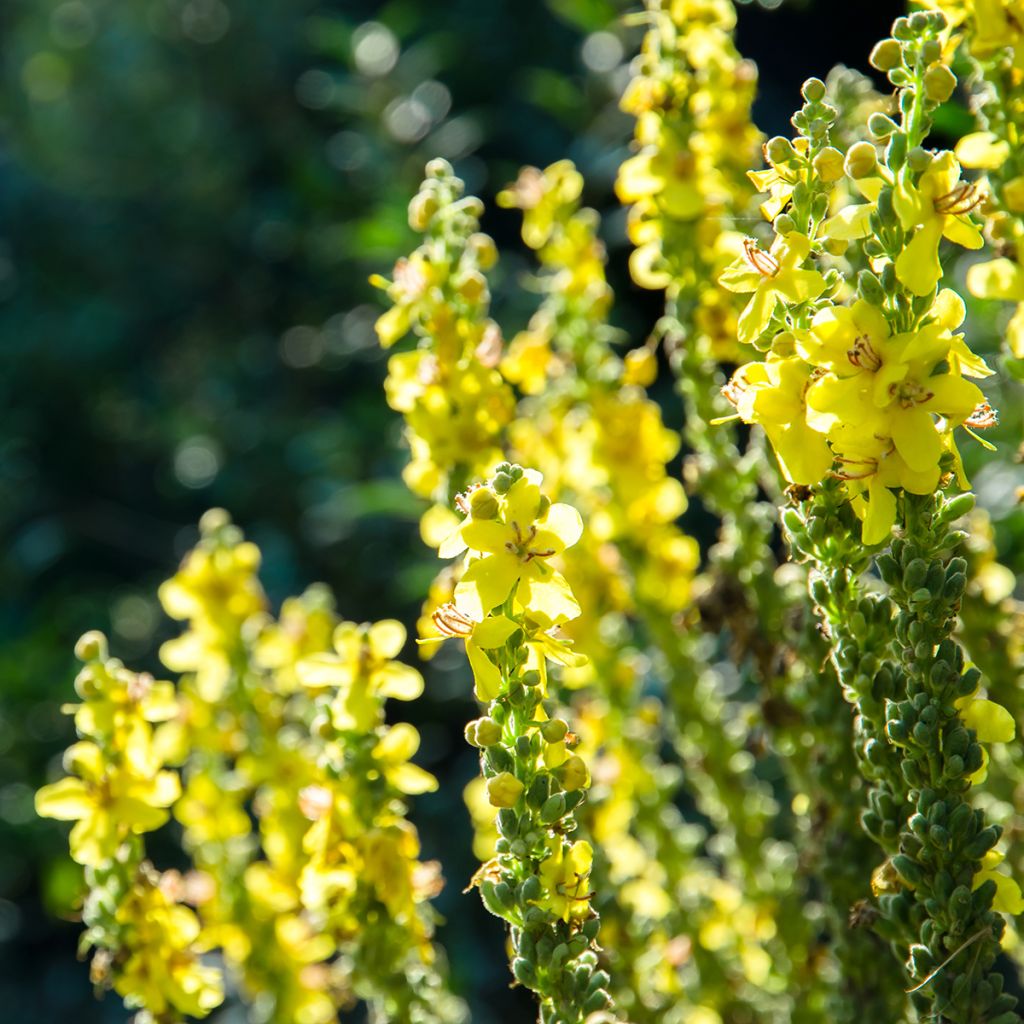

Verbascum olympicum - Olympian Mullein
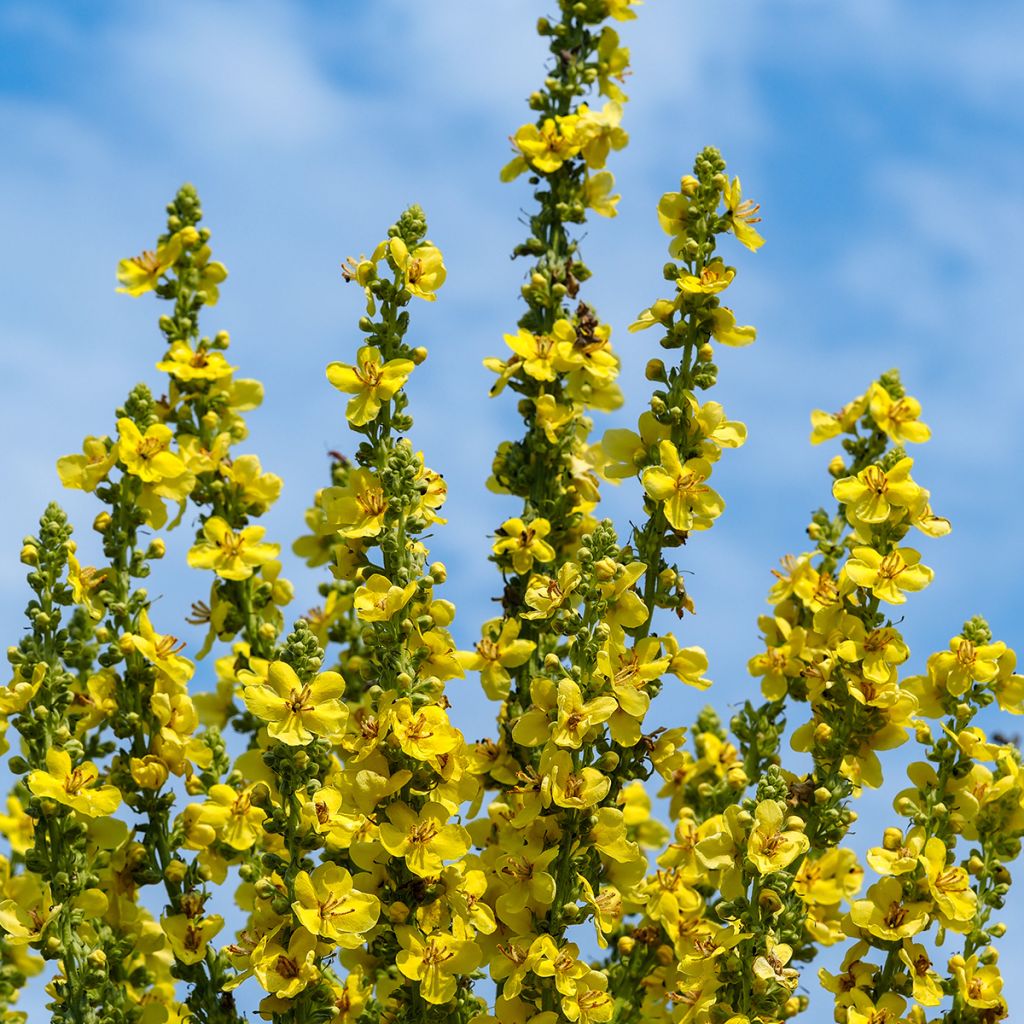

Verbascum olympicum - Olympian Mullein
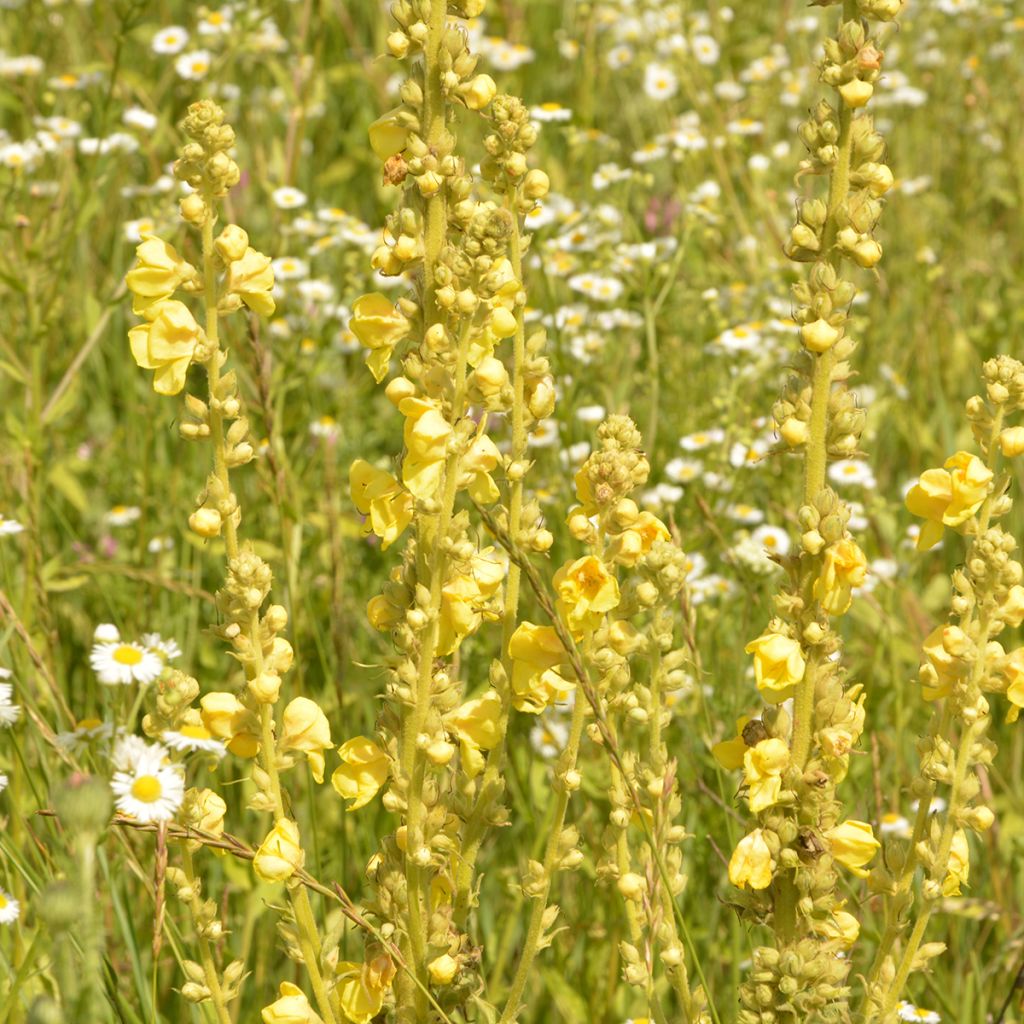

Verbascum olympicum - Olympian Mullein
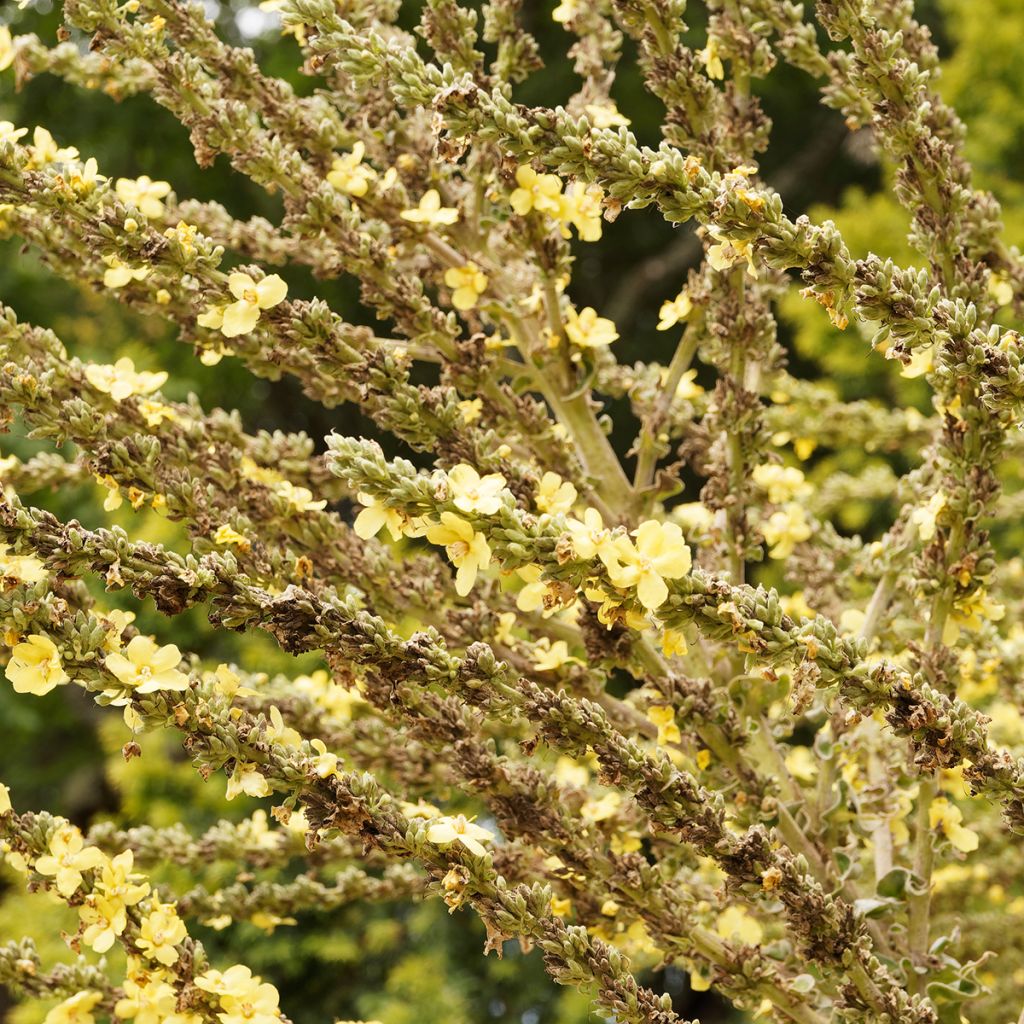

Verbascum olympicum - Olympian Mullein
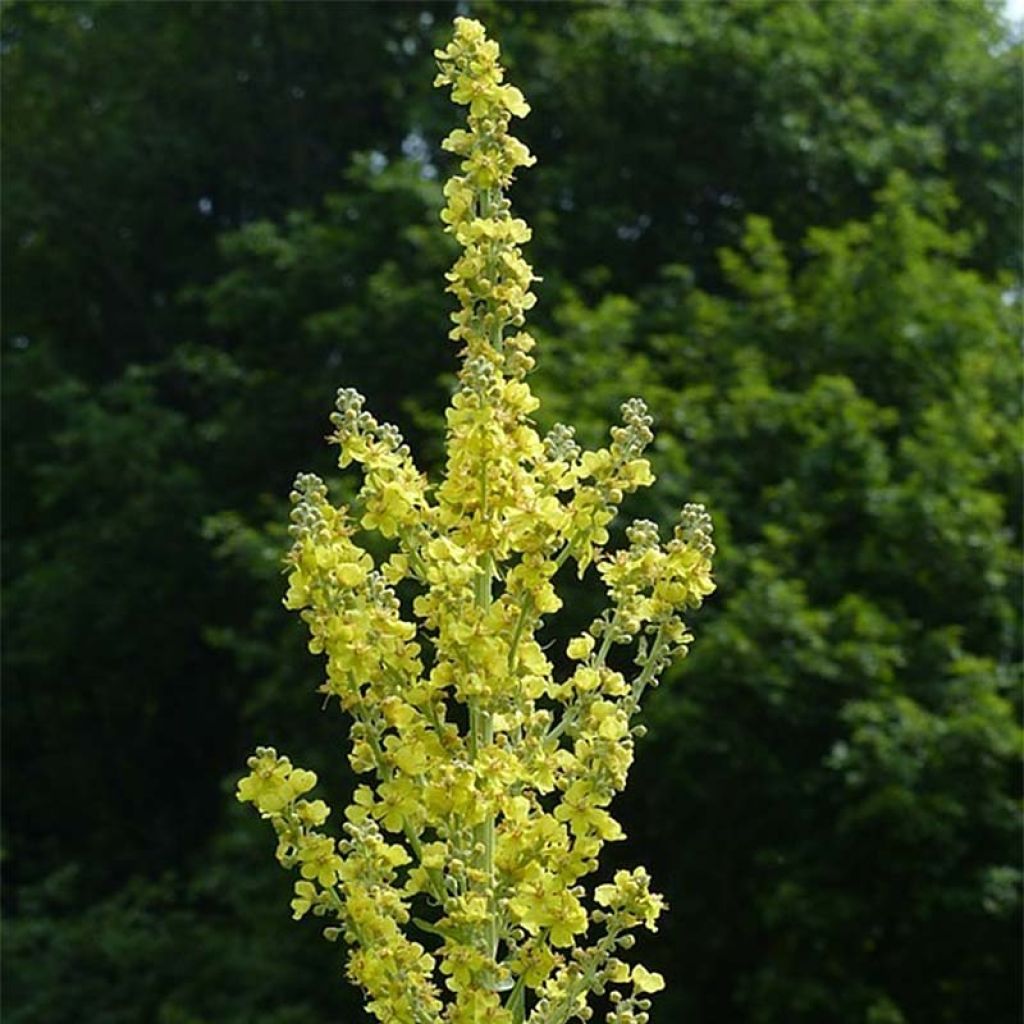

Verbascum olympicum - Olympian Mullein
Verbascum olympicum - Olympian Mullein
Verbascum olympicum
Olympian mullein
I transplanted the young plant received in autumn 2019 into a slightly larger bucket for the winter and planted it in March 2020. It has taken well, and now I am eagerly awaiting the flowering.
Sylviane, 08/05/2020
Special offer!
Receive a €20 voucher for any order over €90 (excluding delivery costs, credit notes, and plastic-free options)!
1- Add your favorite plants to your cart.
2- Once you have reached €90, confirm your order (you can even choose the delivery date!).
3- As soon as your order is shipped, you will receive an email containing your voucher code, valid for 3 months (90 days).
Your voucher is unique and can only be used once, for any order with a minimum value of €20, excluding delivery costs.
Can be combined with other current offers, non-divisible and non-refundable.
Home or relay delivery (depending on size and destination)
Schedule delivery date,
and select date in basket
This plant carries a 12 months recovery warranty
More information
We guarantee the quality of our plants for a full growing cycle, and will replace at our expense any plant that fails to recover under normal climatic and planting conditions.

Would this plant suit my garden?
Set up your Plantfit profile →
Description
Verbascum olympicum is a little-known but spectacular wild mullein that designers have embraced in natural gardens. It is an easy-going plant that can only be faulted for its short lifespan, which it compensates for by self-seeding. This mullein shoots up towards the sky with immense dense candles, laden with yellow flowers that bloom from July to September at head height. Even when dry and brown, the remnants remain decorative in the winter garden. They dominate leaf-covered stems covered in a beautiful light grey 'velvet'. It grows quickly, even in poor limestone soil, bringing an unusual, vertical note to informal flower beds.
Olympic Mullein belongs to the Scrophulariaceae family. It is native to Asia Minor and grows wild on Mount Olympus in Bithynia, not far from Bursa, Turkey. This species likes limestone scree and Mediterranean climates where it is more perennial than in regions with damp and cold soil in winter.
This plant will reach approximately 1.80 m (6ft) to 2 m (7ft) high in flower within one or two years in fertile soil, sometimes much less in very poor and dry soil. It develops a rosette of basal leaves that persist through winter. From this tuft of leaves, long, leafy, highly branched floral stems emerge blooming from June to September, sometimes November if weather permits. Its tall and wide pyramid panicles of yellow flowers have 5 petals arranged in open cups 2 cm (1in) in diameter, centred on a red to orange throat, tightly packed together and opening in groups along each spike. The flower spikes, stems, and leaves are covered in a thick light grey felt which can be almost white in very hot and dry conditions. The large basal leaves are oval to elliptical and those that line the stems are much smaller. This nectar-rich mullein is loved by bees. Although perennial, it often behaves like a biennial, or an annual, but easily self-seeds in light soil.
Verbascum olympicum grows in open, dry places and is a boon for sunny slopes and rocky soils. However, the plant will be much more decorative when grown in good garden soil and occasionally watered in very dry weather. Natural scenes in slightly wild areas of the garden will be transformed by mulleins. Accompany them with mullein roses, fraxinellas, linarias, wild chicory, nigellas, perennial flax, or wonderful purple fennel. They are good companions for baptisias and tall thistles, including artichokes and cardoons. It is best to surround them with perennials or shrubs such as catmints, hyssops, or veronicas, to fill the space when they are not in bloom.
Verbascum olympicum - Olympian Mullein in pictures
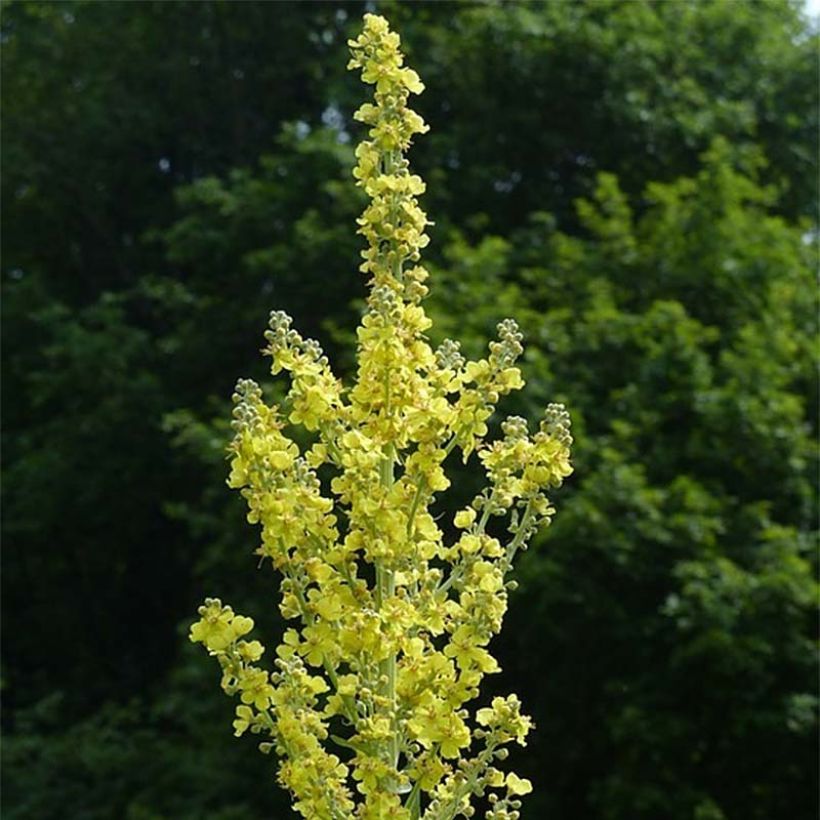

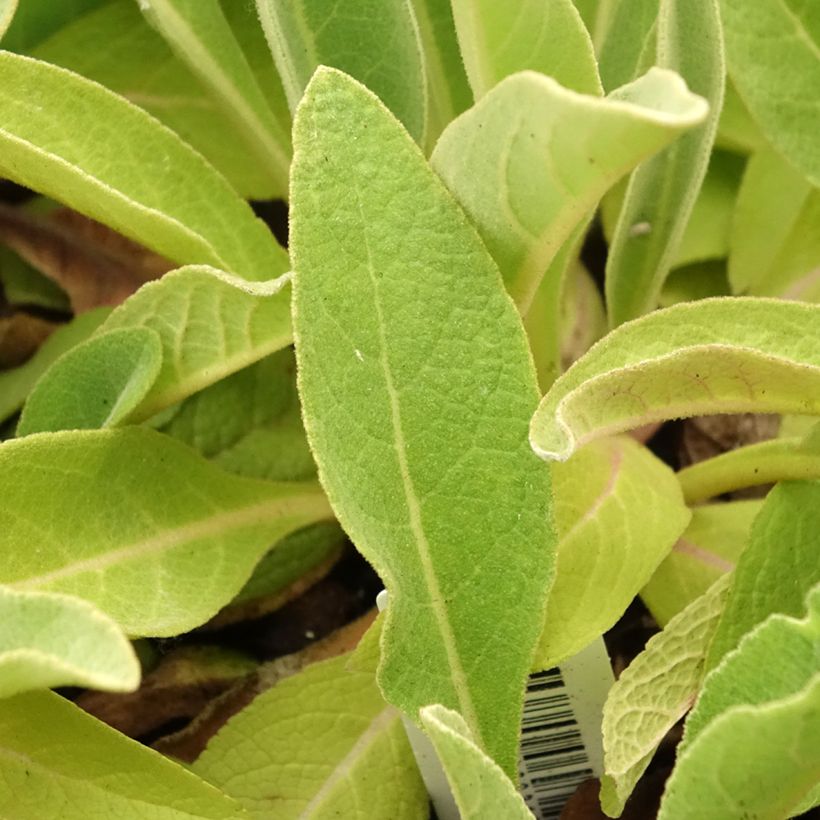

Flowering
Foliage
Plant habit
Botanical data
Verbascum
olympicum
Scrophulariaceae
Olympian mullein
Cultivar or hybrid
Other Verbascum - Mullein
View all →Planting and care
Verbascum olympicum should be planted in full sun, or at most in partial shade. This mullein should be planted in spring, in ordinary but light and porous, very well-drained soil. It prefers limestone soil which is moist to dry in summer, where it will readily self-seed. More or less biennial in regions which are humid and cold in winter, it seems more perennial in a Mediterranean climate. Cut faded inflorescences at the base of the stem to promote reblooming and the perenniality of the plant. You can let some seeds mature so that the plant can self-seed. Cut back all parts as soon as they are no longer decorative and no later than the end of winter.
Planting period
Intended location
Care
Planting & care advice
-
, onOrder confirmed
Reply from on Promesse de fleurs
Similar products
Haven't found what you were looking for?
Hardiness is the lowest winter temperature a plant can endure without suffering serious damage or even dying. However, hardiness is affected by location (a sheltered area, such as a patio), protection (winter cover) and soil type (hardiness is improved by well-drained soil).

Photo Sharing Terms & Conditions
In order to encourage gardeners to interact and share their experiences, Promesse de fleurs offers various media enabling content to be uploaded onto its Site - in particular via the ‘Photo sharing’ module.
The User agrees to refrain from:
- Posting any content that is illegal, prejudicial, insulting, racist, inciteful to hatred, revisionist, contrary to public decency, that infringes on privacy or on the privacy rights of third parties, in particular the publicity rights of persons and goods, intellectual property rights, or the right to privacy.
- Submitting content on behalf of a third party;
- Impersonate the identity of a third party and/or publish any personal information about a third party;
In general, the User undertakes to refrain from any unethical behaviour.
All Content (in particular text, comments, files, images, photos, videos, creative works, etc.), which may be subject to property or intellectual property rights, image or other private rights, shall remain the property of the User, subject to the limited rights granted by the terms of the licence granted by Promesse de fleurs as stated below. Users are at liberty to publish or not to publish such Content on the Site, notably via the ‘Photo Sharing’ facility, and accept that this Content shall be made public and freely accessible, notably on the Internet.
Users further acknowledge, undertake to have ,and guarantee that they hold all necessary rights and permissions to publish such material on the Site, in particular with regard to the legislation in force pertaining to any privacy, property, intellectual property, image, or contractual rights, or rights of any other nature. By publishing such Content on the Site, Users acknowledge accepting full liability as publishers of the Content within the meaning of the law, and grant Promesse de fleurs, free of charge, an inclusive, worldwide licence for the said Content for the entire duration of its publication, including all reproduction, representation, up/downloading, displaying, performing, transmission, and storage rights.
Users also grant permission for their name to be linked to the Content and accept that this link may not always be made available.
By engaging in posting material, Users consent to their Content becoming automatically accessible on the Internet, in particular on other sites and/or blogs and/or web pages of the Promesse de fleurs site, including in particular social pages and the Promesse de fleurs catalogue.
Users may secure the removal of entrusted content free of charge by issuing a simple request via our contact form.
The flowering period indicated on our website applies to countries and regions located in USDA zone 8 (France, the United Kingdom, Ireland, the Netherlands, etc.)
It will vary according to where you live:
- In zones 9 to 10 (Italy, Spain, Greece, etc.), flowering will occur about 2 to 4 weeks earlier.
- In zones 6 to 7 (Germany, Poland, Slovenia, and lower mountainous regions), flowering will be delayed by 2 to 3 weeks.
- In zone 5 (Central Europe, Scandinavia), blooming will be delayed by 3 to 5 weeks.
In temperate climates, pruning of spring-flowering shrubs (forsythia, spireas, etc.) should be done just after flowering.
Pruning of summer-flowering shrubs (Indian Lilac, Perovskia, etc.) can be done in winter or spring.
In cold regions as well as with frost-sensitive plants, avoid pruning too early when severe frosts may still occur.
The planting period indicated on our website applies to countries and regions located in USDA zone 8 (France, United Kingdom, Ireland, Netherlands).
It will vary according to where you live:
- In Mediterranean zones (Marseille, Madrid, Milan, etc.), autumn and winter are the best planting periods.
- In continental zones (Strasbourg, Munich, Vienna, etc.), delay planting by 2 to 3 weeks in spring and bring it forward by 2 to 4 weeks in autumn.
- In mountainous regions (the Alps, Pyrenees, Carpathians, etc.), it is best to plant in late spring (May-June) or late summer (August-September).
The harvesting period indicated on our website applies to countries and regions in USDA zone 8 (France, England, Ireland, the Netherlands).
In colder areas (Scandinavia, Poland, Austria...) fruit and vegetable harvests are likely to be delayed by 3-4 weeks.
In warmer areas (Italy, Spain, Greece, etc.), harvesting will probably take place earlier, depending on weather conditions.
The sowing periods indicated on our website apply to countries and regions within USDA Zone 8 (France, UK, Ireland, Netherlands).
In colder areas (Scandinavia, Poland, Austria...), delay any outdoor sowing by 3-4 weeks, or sow under glass.
In warmer climes (Italy, Spain, Greece, etc.), bring outdoor sowing forward by a few weeks.






























